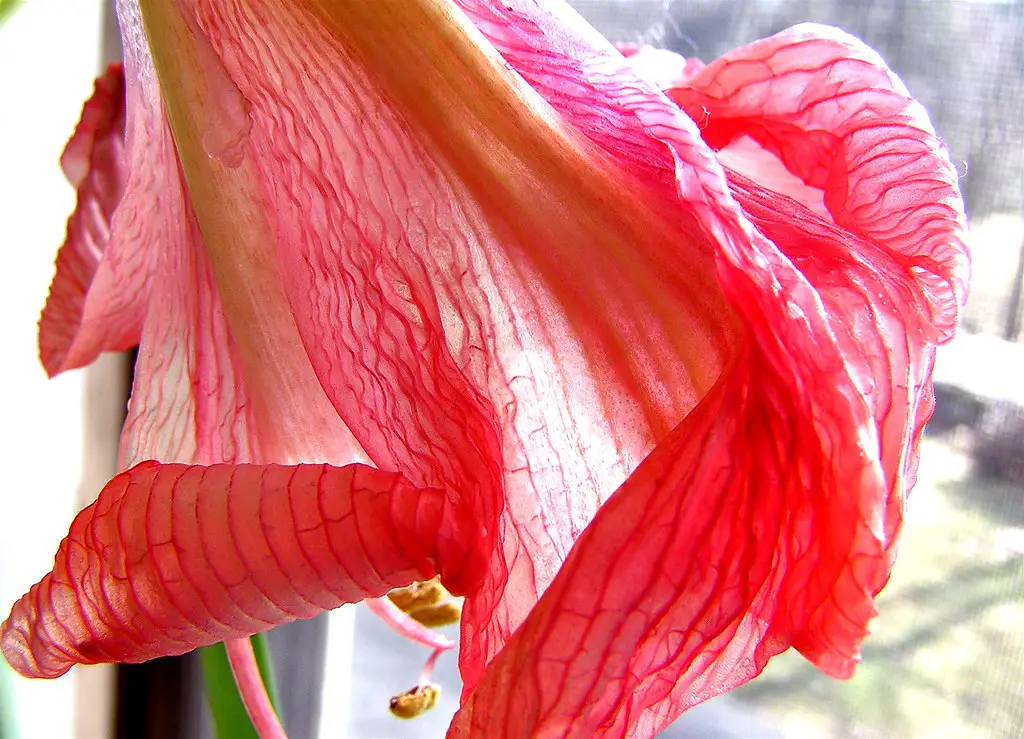Blossom wilt is a term used to describe a common and often frustrating plant disease that affects the blossoms of various fruit trees, including apples, pears, and cherries. Caused by several types of fungi, this disease can lead to significant loss of fruit and overall decline in tree health. This blog post delves into the characteristics, symptoms, causes, management, and prevention of blossom wilt.
What is Blossom Wilt?
Blossom wilt is primarily caused by the fungus Monilinia fructigena and Monilinia laxa. These fungi infect the blossoms of the tree, causing them to wilt and die. If left untreated, the disease can spread to other parts of the tree, including twigs and branches, leading to more significant problems.
Symptoms of Blossom Wilt
Blossom wilt manifests through several noticeable symptoms:
- Wilted Blossoms: Blossoms appear limp and may turn brown or black.
- Dieback: Infected blossoms often die, leading to the dieback of twigs and young shoots.
- Gumming: Some trees may exude a gummy substance at the site of the infection.
- Mummified Fruits: Infected fruits may shrivel and mummify, often remaining attached to the tree.
- Fungal Growth: Under wet conditions, a grayish fungal growth may appear on infected blossoms.
Causes and Transmission
Blossom wilt is caused by fungi that can overwinter in infected plant material and mummified fruits. The primary modes of transmission include:
- Rain and Wind: Rain splashes and wind can spread fungal spores to healthy blossoms.
- Infected Plant Material: Pruning tools or planting infected material can introduce the fungus to healthy trees.
- Insects: Certain insects may carry spores from infected to healthy blossoms.
Impact of Blossom Wilt
- Loss of Fruit: By attacking blossoms, the disease directly affects fruit set, leading to reduced yields.
- Decline in Tree Health: Prolonged infection can weaken the tree, making it susceptible to other diseases and pests.
- Aesthetic Damage: The appearance of the tree can be marred by wilted blossoms, dead branches, and mummified fruits.
Managing and Controlling Blossom Wilt
Effective management of blossom wilt requires a combination of preventive and reactive measures:
Preventive Measures
- Cultural Practices: Proper pruning, spacing, and watering promote air circulation, reducing conditions favorable to fungal growth.
- Sanitation: Removing and destroying infected plant material, including mummified fruits, prevents overwintering of the fungus.
- Resistant Varieties: Planting resistant or tolerant tree varieties can reduce susceptibility.
Reactive Measures
- Fungicide Application: Appropriate fungicides can be applied during blooming to prevent infection. Consult with a local extension service for specific recommendations in your area.
- Pruning: Infected twigs and branches should be pruned and destroyed to stop the spread of the infection.
Conclusion
Blossom wilt is a pervasive disease that can have a devastating effect on fruit trees if not properly managed. Understanding its symptoms, causes, and impact is the first step toward effective control. By employing sound cultural practices, sanitation, appropriate chemical control, and regular monitoring, gardeners and orchard managers can minimize the impact of this disease.
Collaboration with local agricultural extension services, researchers, and fellow growers is crucial for staying up-to-date with the latest research and recommendations. Together, we can work to ensure that the beauty of spring blossoms is not marred by wilt and that our fruit trees remain healthy and productive, providing bountiful harvests for years to come.

